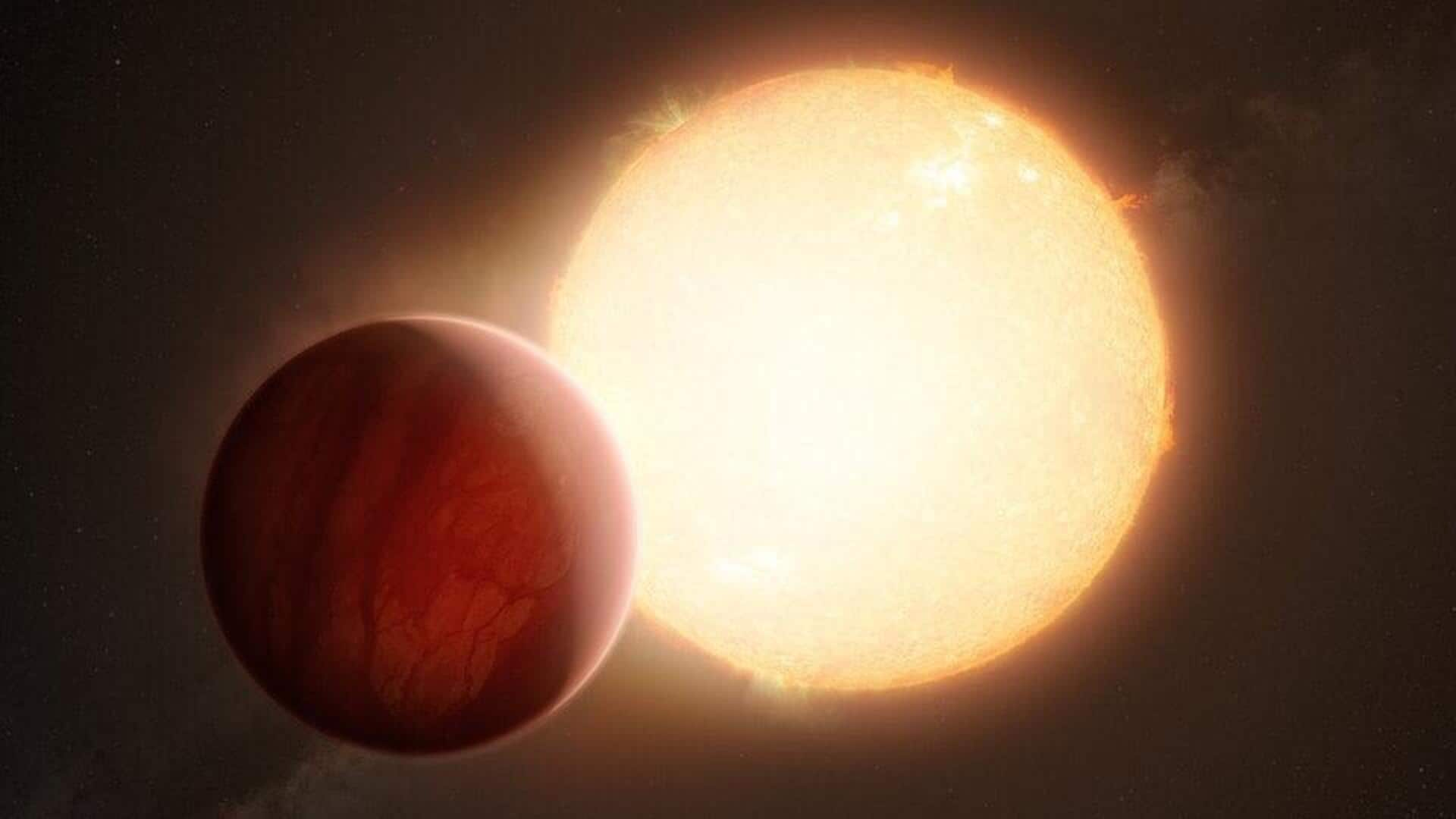
This cool gas giant is 6 times larger than Jupiter
What's the story
A team of citizen scientists has discovered a new gas giant, TOI-4465 b, using data from NASA's Transiting Exoplanet Survey Satellite (TESS). The planet is located some 400 light-years away from Earth and is six times more massive than Jupiter. TOI-4465 b orbits its star in an elliptical path at roughly 0.4 times the distance between Earth and the Sun, completing one orbit in about 102 days.
Planetary characteristics
Unique features of TOI-4465 b
TOI-4465 b is a unique addition to the catalog of known exoplanets. It is about 1.25 times wider than Jupiter and has an estimated temperature between 93-204 degree Celsius. This makes it a rare case of a large, dense, yet relatively cool giant planet in an underexplored region around its star.
Detection difficulties
Challenges in detecting long-period exoplanets
The discovery of TOI-4465 b highlights the challenges in detecting long-period exoplanets, which have orbital periods longer than 100 days. These planets are underrepresented in the current catalog due to limited observational opportunities and resources. The team behind this discovery, led by Zahra Essack from the University of New Mexico, notes that studying such planets provides insights into planetary system formation and evolution under moderate conditions.
Transit detection
How the planet was discovered?
The TESS spacecraft spotted TOI-4465 b during a single fleeting transit event, which caused a slight dip in the light received from its star. To confirm the planet's existence, the team had to observe at least one more transit event. This was made possible with help from 24 citizen scientists across 10 nations who used their personal telescopes to observe TOI-4465 b's host star.
Confirmation process
Significance of global collaboration in astronomy
The confirmation of TOI-4465 b was a result of international collaborations and several initiatives. They included the TESS Follow-up Observing Program Sub Group 1 (TFOP SG1), the Unistellar Citizen Science Network, and the TESS Single Transit Planet Candidate (TSTPC) working group. Essack emphasized that "what makes this collaboration effective is the infrastructure behind it," highlighting how citizen science and global collaboration play a crucial role in astronomy.